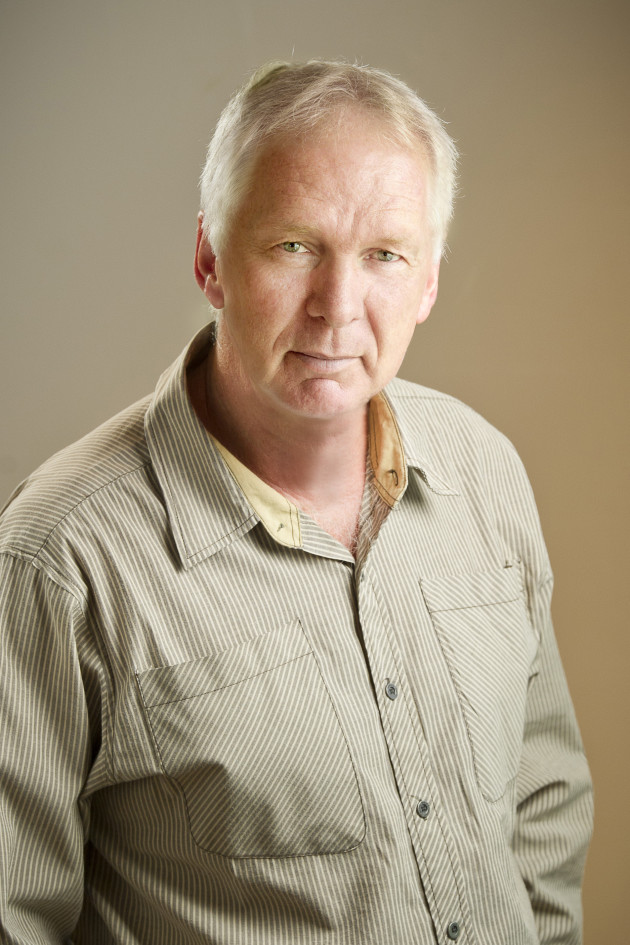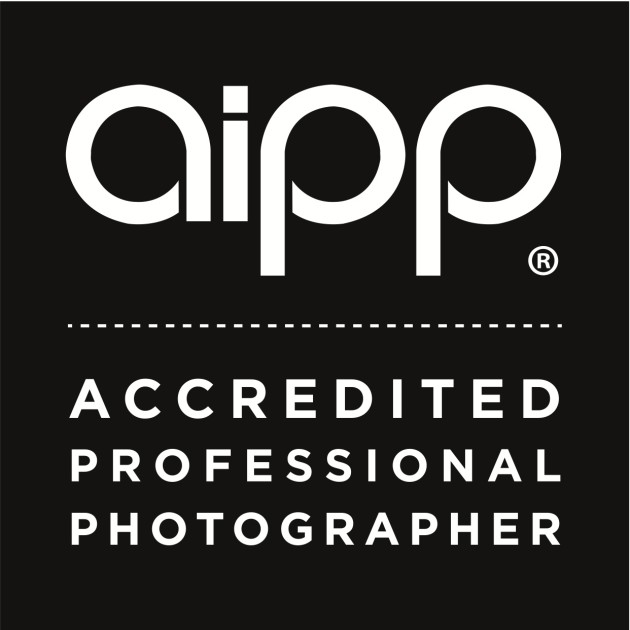The cornerstone of many a professional industry, from dentists to doctors to lawyers to accountants, professional accreditation is fundamental in helping consumers make critical decisions. However, when it came to photography, there was never a uniform “professional” standard that could be appealed to. Until now.
The AIPP, Australia’s largest photographic membership body, recently announced that its Accreditation standards have received landmark certification from the Australian Competition and Consumer Commission (ACCC), which will allow its members to benefit from the first official certification status for Accredited Professional Photographers, through the use of a certification trade mark.

Ross Eason, national president of the AIPP, says that “it is not the intention of the AIPP to infer or imply that someone who has been a photographer for some time, earning their living from photography, with a broad base of happy client is not a “professional” because they have not been accredited by the AIPP; if they earn their living as a photographer, then they are professional.
The Accredited status does mean however, that an Accredited professional is happy to stand the test of public scrutiny, be assessed and reviewed by their peers, and abide by a published “Code of Professional Practice.” In addition, an Accredited Professional supports the AIPP as the membership organisation for the profession and adheres to the business standards and professional ethos the organisation espouses for working professionals.
The accreditation standards and process have been in place at the AIPP for the last five years. In order to receive the certification from the ACCC, this process, along with the AIPP compliance and complaints processes were scrutinised and validated. Eason went on to say that the ACCC has established that the standards of the AIPP are worthy of certification, and not an endorsement per se. “It’s an indication that they approve of the AIPP’s standards.”
Eason says that while the AIPP understands and respects that not all working photographers will see membership to the organisation as necessary, for those that rely on consumer confidence and reputation, the Accreditation is of great benefit. “It acts as a clear benchmark of quality for anyone looking to employ a photographer,” he says, “and offers reassurance of that person’s trusted experience and commitment to improve. For our members we know that it will really make a difference.”
This development, an Australian first, will enable the AIPP’s 2,000 Accredited Photographers to offer clients and customers further reassurance of their competence and reliability as a working photographer or video producer. Members currently accredited with the AIPP will benefit from the use of a new logo which includes the registered trade mark symbol, , and a new revised Code of Professional Practice.

While most agree that this is a particularly positive step for working professionals and the industry in general, and is likely to benefit the public, having “professional” or qualified status as a photographer is clearly not in the same league as those working in the health or legal professions given that the ramifications of something going wrong on a job are vastly different. This new certification will most likely boost AIPP membership numbers, but will it also be able to bring veteran, non-member photographers to, or back to, the organisation? After all, Eason states that in order to work as an accountant, it’s not necessary to be a member of either the CPA or CA, but being one is a very strong and motivating factor for those seeking an accountant.
About the AIPP entry criteria
The AIPP accreditation standard has three components:
1. Business and experience pre requisite which must be met before applying for accreditation (including insurance)
2. An entry assessment
3. A continuing professional development obligation. Maintaining up to date skills and business practices each year.
The AIPP continually monitors its accreditation requirements to ensure that the standard for accredited membership is appropriate for the profession of photography in 2015 and beyond.
The cost of membership applications varies depending on the level of experience of the individual.





